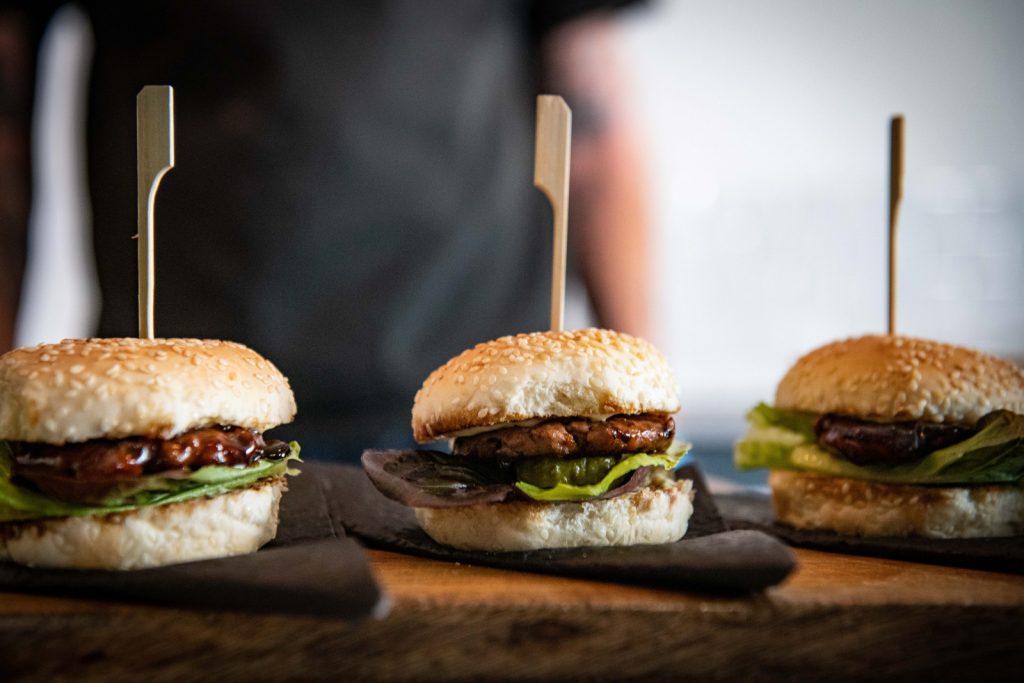
Billions of land mammals, and possibly trillions of fish and other marine life, are slaughtered each year to feed an unsustainable demand for protein, but innovation in the biomedical Producers of lab-grown meat are touting it as a viable solution, given that the industrial farming of animals is a major driver of climate change, deforestation and air and water pollution. According to the UN, animal agriculture contributes an estimated 14.5% of the world’s greenhouse gas emissions. “We have a growing population and people like to eat meat,” Bartels said. “The conversion to vegetarianism and veganism isn’t fast enough from a global perspective. It’s a part of our culture that we want to eat meat, the problem with eating meat is greenhouse gases that are produced in the livestock industry, it’s more than all the transport in the world put together.” “In Africa, we are going to be doubling our population in the next 30 years and so we need to at least increase the food production by the same amount and where is that going to come from? “We are already a water-deficient continent. This is a way where you use much less water and much less land,” he added. Cultivated food is more sustainable because the production process only yields the meat that is desired and will be eaten, he argued. There is no production of the horns, eyes or skin which are often discarded when animals are slaughtered. “If you look at the sustainable development goals with regards to food security on land and in the sea, with cultivated meat you end up with greater food security,” Bartels added.Good for the environment